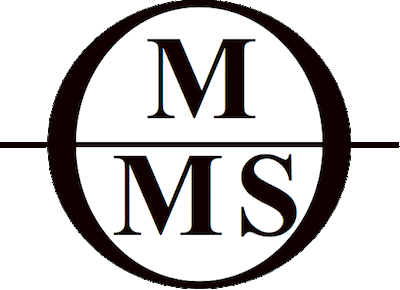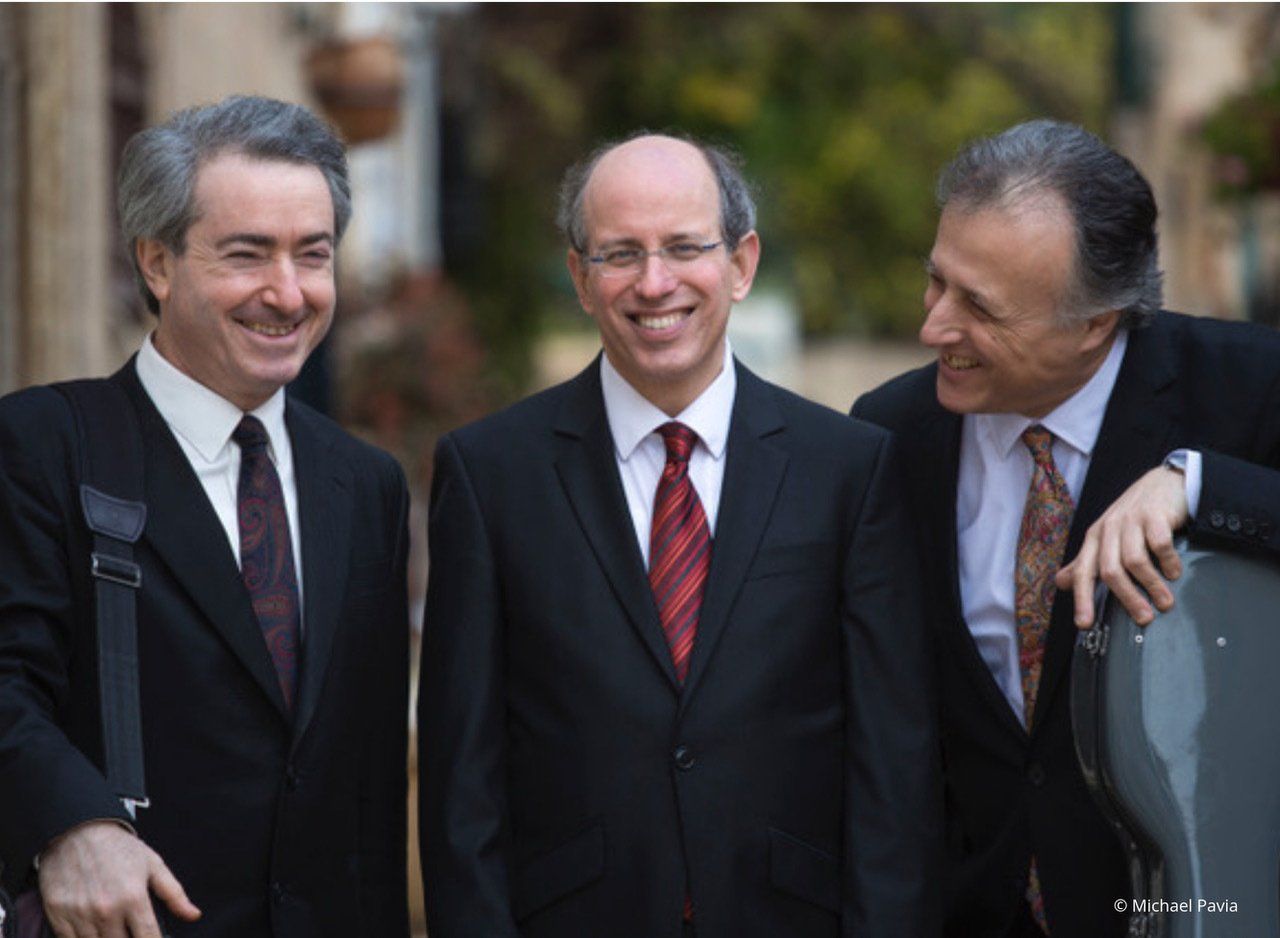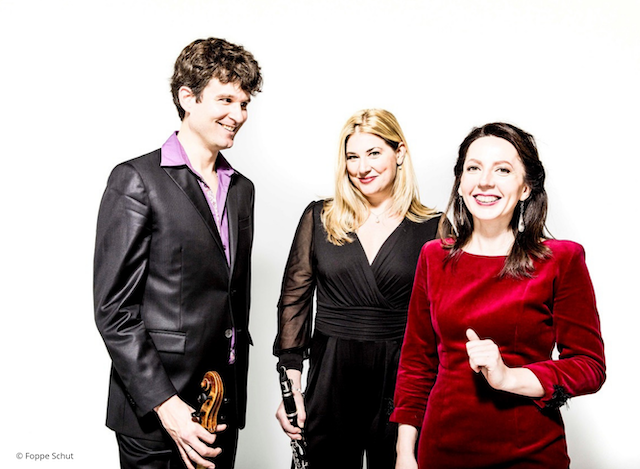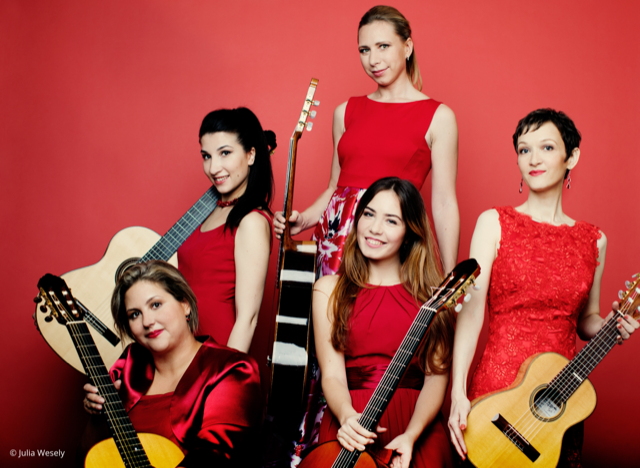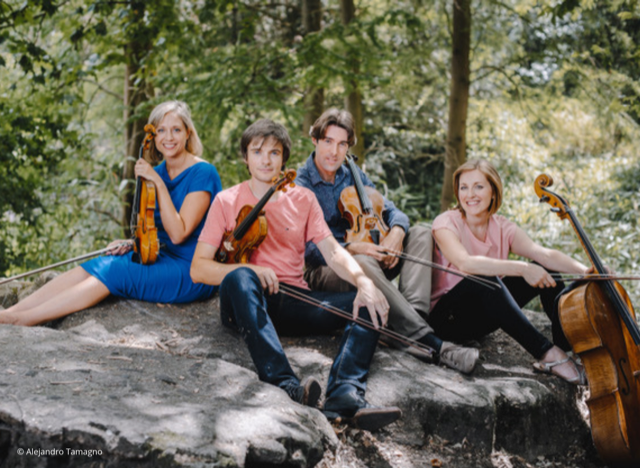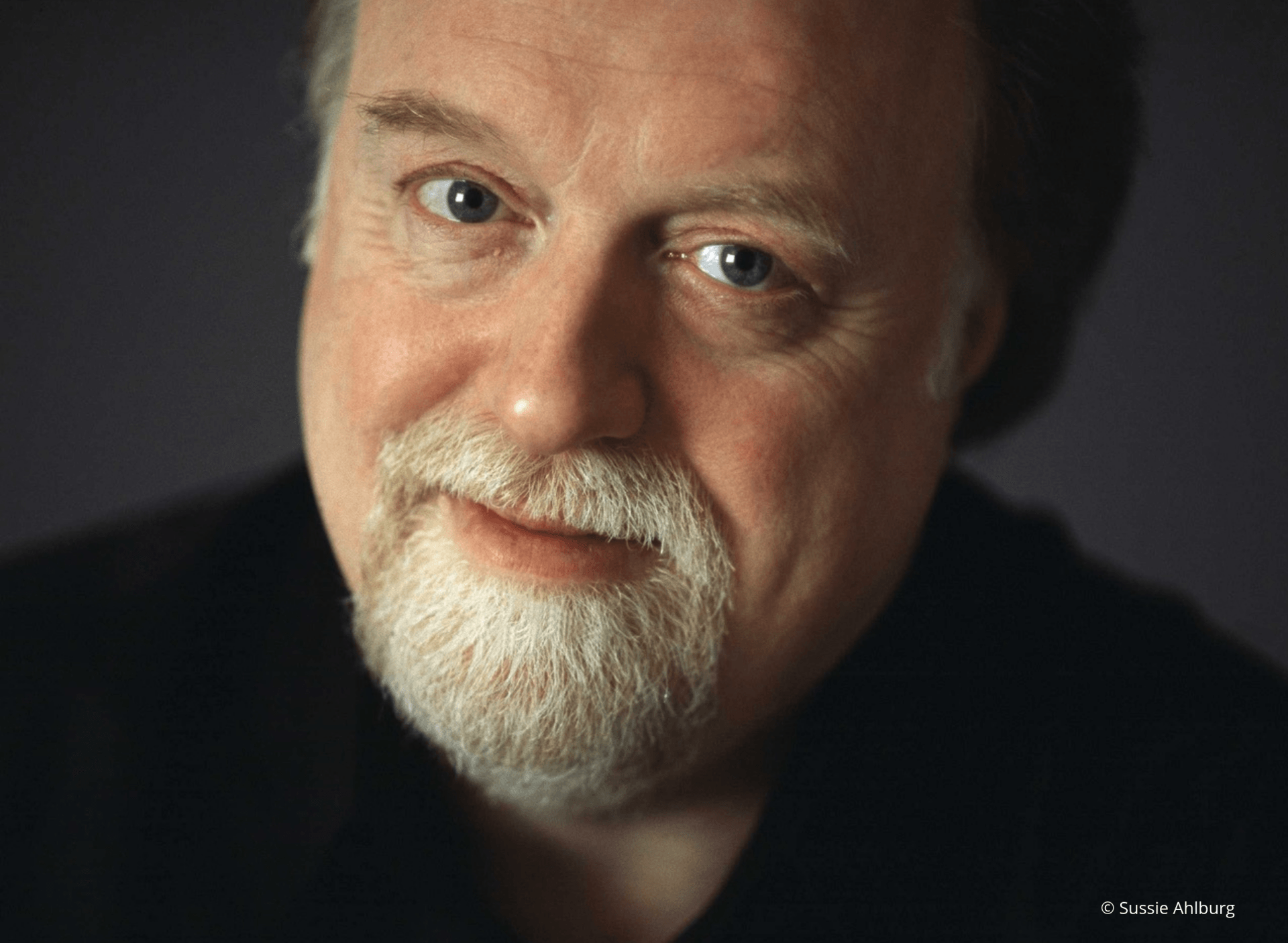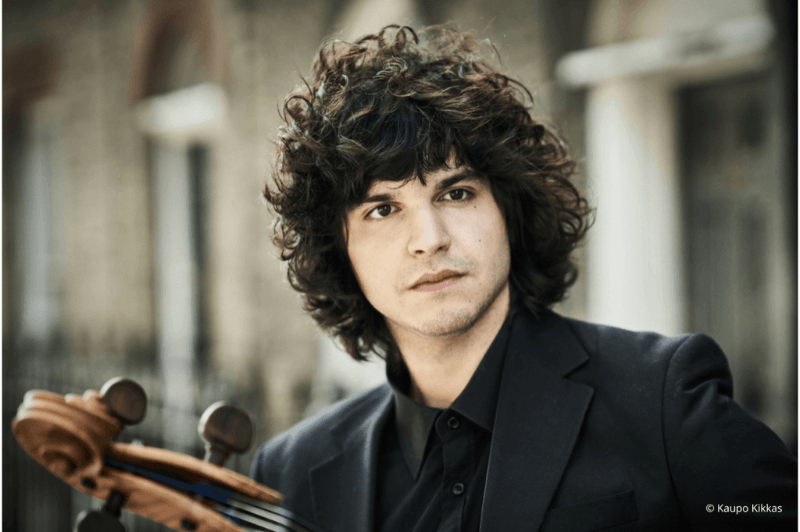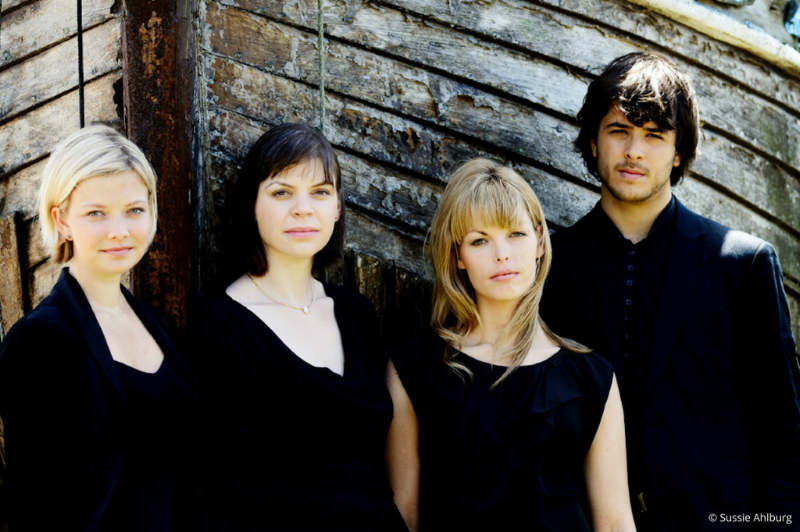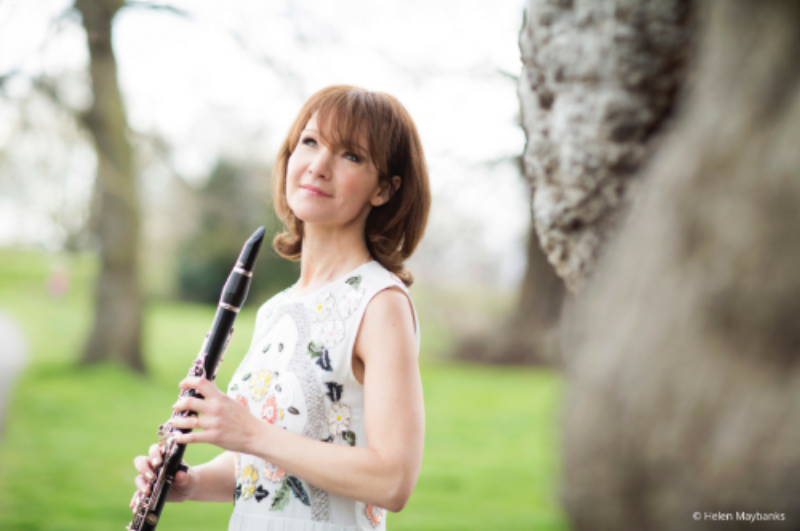Come and hear the Engegård String Quartet play Haydn, Grieg & Schumann!
Thursday 8th November 2018 at 7.30pm
Formed under the midnight sun in Lofoten in 2006, the Engegård has become one of Norway’s most sought after ensembles. Their recent CD, which included work by Grieg, was praised in Music Web International, as ‘what Grieg lovers have been waiting for’.
Book your tickets online now! - click here
to book online.
Find out more about the Engegård Quartet
and watch a video of their playing here
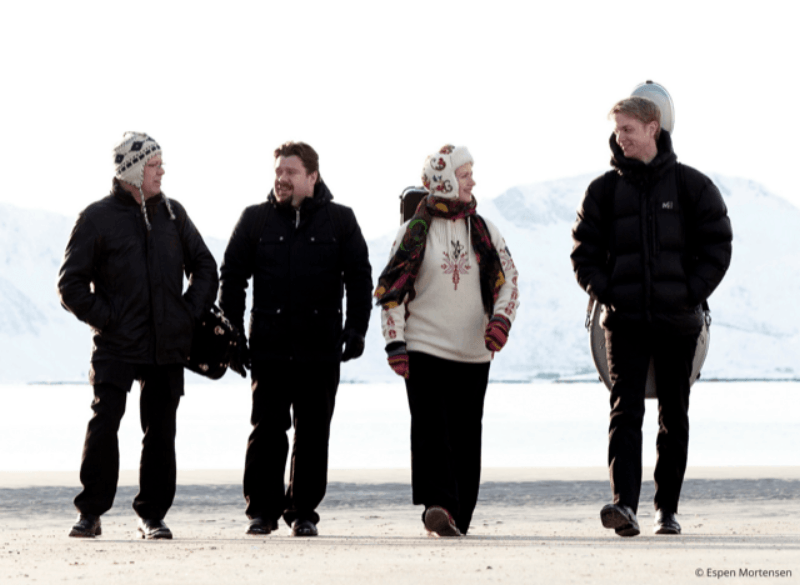
Find out more about the programme for our concert:
Just what is a quartet? The dictionary definition is merely a work written in four separate vocal or instrumental parts. However, the string quartet, using two violins, one viola and one cello, demands far more -perhaps Goethe said it best: ‘a stimulating conversation between four intelligent people’.
Quartet in D minor Opus 76, No. 2 (the Quinten) Josef Haydn 1732-1809
i. Allegro; ii. Andante o più tosto (rather like) allegretto; iii. Vivace assai ( composed 1797)
Haydn was a prominent and prolific Austrian composer of the Classical period. His compositions earned him the epithets ‘Father of the Symphony’ and ‘Father of the String Quartet’. He spent much of his career as a court musician for the wealthy Esterházy family at their remote estate. He was the son of a wheelwright and a cook. He had such a fine voice that at the age of five he entered a choir school in Vienna. The choirmaster suggested Haydn become a castrato, but his father objected and the operation never went ahead. At age 16, his voice having broken, Haydn left the choir in memorable fashion - snipping off the pigtail of one his fellow choirboys and then publicly caned.
Haydn composed the six quartets of his Opus 76 shortly after returning from his second trip to London. This quartet is known as the ‘Quinten’ (Fifths) for its distinctive opening motif of falling tonic and dominant intervals of fifths which generate the entire work; perhaps not coincidentally, they are the familiar sounds of Big Ben, whose pealing may have stuck in Haydn's ears in London.
The opening Allegro is a stern movement. The first violin’s first four notes twice outline the interval of the falling fifth, and all the movement’s thematic material derives from that drop of a fifth. The second movement brings relaxation and sunlight and belongs largely to the first violin, which soars easily over the other voices. The third movement brings back the rigour of the first. It is a minuet in strict canon: the violins (an octave apart) are followed at a one-bar interval by the viola and cello (also an octave apart).
In the finale the main theme is syncopated in a way suggesting folk origins, and some have heard the braying of a donkey in the first violin’s swooping descents in the second theme. In the closing moments Haydn eases gracefully into D major: the first violin makes this change pianissimo, gradually gathers energy, and then rushes the quartet to its radiant conclusion.
Quartet in G minor, Opus 27 Edvard Grieg 1843-1907
i. Un poco andante, Allegro molto ed agitato; ii. Romanze, Andantino; iii Intermezzo. Allegro molto marcato; iv. Finale, Lento. Presto al saltarello
(composed 1878)
Grieg is Norway’s most famous musical son. However, the Scots could lay claim to him being one of their own as his Scottish great-grandfather emigrated to Scandinavia after the Battle of Culloden. Following Grieg’s marriage to his cousin Nina in 1867 and the birth of their daughter, he composed his most enduring masterpiece, the A minor Piano Concerto, in a flurry of inspiration. Grieg received an honorary degree from Cambridge University in 1894. Straight after the ceremony he sent a telegram to a physician friend in Bergen, who shared his surname, signing it ‘Doctor Grieg’. In 1906 Grieg became ill and moved to the warmth of a hotel in Christiana. He was about to visit Britain when he suffered a massive heart attack, dying in hospital shortly after arrival.
Grieg composed only one complete string quartet. Like many composers, Grieg borrows from his own music for the main theme of the quartet: a portion of his sombre song ‘Spillamæd’ (Minstrels). The icy theme is announced in unison by the quartet at the beginning, followed by the slow introductory andante and the bristling allegro. The second movement begins with a gently swaying waltz that accelerates into an intoxicating whirl around the dance floor. This is but a tentative warm-up for the intricate motions of the third movement, a scherzo with the rustic spice of a festival dance under the midnight sun. The finale ultimately surpasses this energetic frolic with its saltarello, a leaping dance of Italian origin. Grieg's absorption of Nordic folk dances, such as the springdans, is evident here along with heavy syncopations and cross-rhythms in an unbridled, lyrical frenzy.
Quartet in A major, Opus 41, No. 3 Robert Schumann 1810-1856
i. Andante espressivo - Allegro molto moderato; ii. Assai agitato - Un poco adagio - Tempo risoluto; iii. Adagio molto; iv. Finale: Allegro molto vivace – Quasi Trio
(composed 1842)
Schumann was born in Saxony, the fifth and last child of his parents. He began to compose before the age of seven, but his boyhood was spent in the cultivation of literature as much as music – undoubtedly influenced by his father who was a bookseller, publisher and novelist. He had intended a career as a virtuoso pianist until a hand injury (self-inflicted from a contraption designed to aid the strength and agility of his fingers) made this impossible. He became a composer and influential music critic. Schumann suffered from a mental disorder, first appearing in 1833. After a suicide attempt in 1854, Schumann was admitted to a mental asylum near Bonn at his own request, where he died two years later.
1842 was Schumann's 'Chamber Music Year': three string quartets, a piano quartet and a piano quintet. Such creativity may have been due to Schumann at last winning, in July 1840, the protracted legal case in which his ex-teacher, Friedrich Wieck, attempted to forbid him from marrying Wieck's daughter, Clara. They were married in 1840, the day before Clara's 21st birthday.
Robert accompanied Clara at the start of her concert tour of North Germany, but he tired of being in her shadow, returned home in a state of melancholy, and comforted himself with beer and champagne. When Clara returned, he returned to work and wrote these three quartets of Opus 3, dedicating them to Mendelssohn; they were first performed on Clara's birthday.
The brief introductory Andante opens with a sighing, falling fifth. It sets the mood and both opens the main Allegro and recurs throughout it in various guises. Schumann's rhythmic trickery pops up in the second subject of the Allegro. After a brief silence, the upper strings start their off-beat accompaniment just before the cello enters with the theme; this is deceptive for the listener and is a notorious pitfall for the amateur player. Another rhythmic trick starts the second movement, where everyone enters on the last quaver of the bar, but the tune is tied over as if the first note were really the downbeat. There follows a set of variations culminating in one of relentless energy with the accent on the offbeat, dominated by leaps that rework the opening falling fifth. A calming coda prepares us for the beautiful Adagio molto, whose opening theme is based on a rising figure that again embraces an interval of a fifth. There are more rhythmic tricks in the Finale. The rustic theme starts with an accented up-beat which sounds like a down-beat as if the rustics are also tipsy.
Programme notes compiled from various sources.